
Mother Nature has many colors, but blue is not usually seen among the flora and fauna. However, when it comes to insects, Mother Nature has bestowed a wide variety of stunning colors to them. Blue is one of them.
Blue butterflies! Yes, there are lots of them; although one of the most mesmerizing ones – the silver blue butterfly – has become extinct.
Yet, there are other blue butterflies that can take your breath away through their beauty and their unique blue shades.
Have a look at them here...
1. Blue Banded Eggfly
This one is found in Australia, Indonesia, New Guinea, Solomon Islands, and Tropical North Queensland. It is nocturnal in nature, as per the observation of scientists. Their distinct black hue and a bright blue band across each wing coupled with a double row of white spots makes them stand out in the crowd. And yes, their wings are scalloped at the edges.
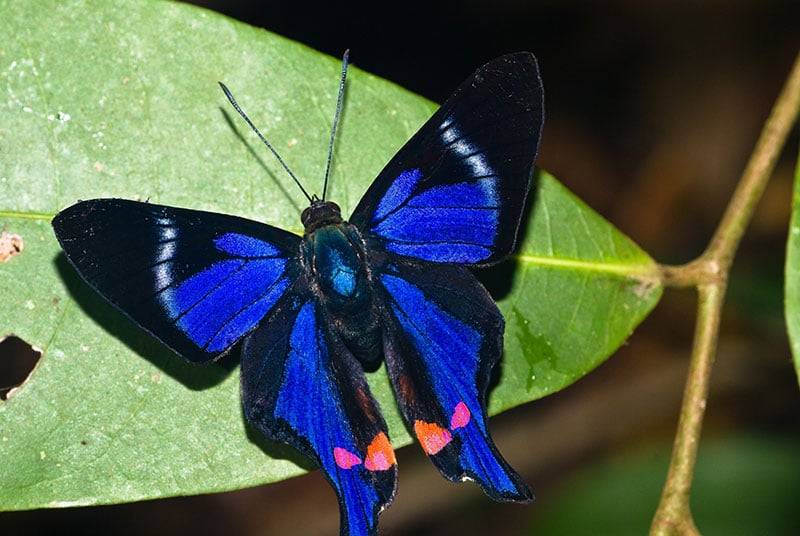
2. Rhetus Periander
This is bright blue butterfly found in Ecuador and South Mexico, majorly at the coast. Its wingspan is around 60 mm (males). This is a rare butterfly. It is usually seen flying around rivers, streams, or cloud forest areas.
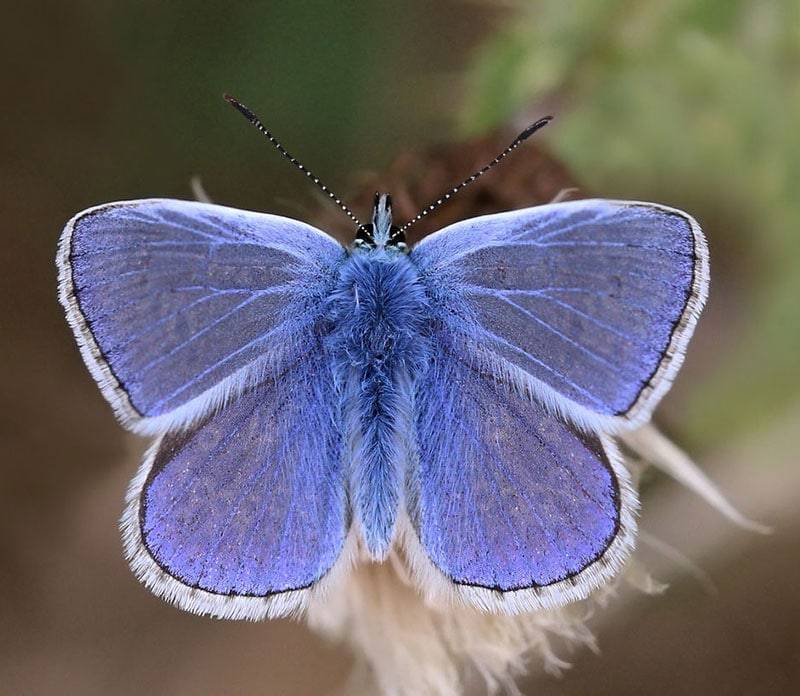
3. Common Blue (Polyommatus Icarus)
This beautiful blue thing loves grasslands, meadows, and quarries across the UK and Ireland, in North Africa, Canary Islands, and parts of Europe. Male butterfly has shiny blue wings with brownish border and white fringes at the wing edges. The female butterfly is brown, dotted with orange spots and with a light blue dusting.
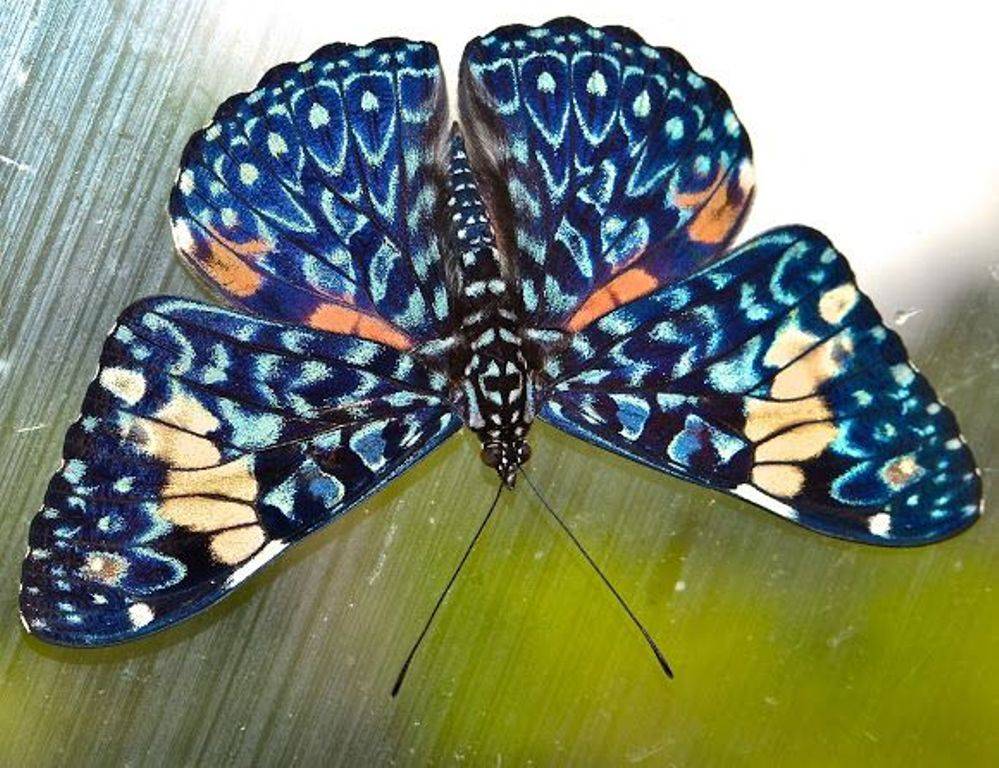
4. Red Cracker
A strange name for a butterfly, Red Cracker gets its name due to the “cracking” sound they create with their wings. They do this to safeguard their territory. You can hear this sound from around 30 meters. Their unique wing pattern closely resembles bark of a tree. Their underwing colors let them camouflage.
The interesting thing about this butterfly is that, unlike other butterflies, this one feeds on animal dung, sap, and rotting fruit. They do not like nectar.
It’s still not known why they are called “red” cracker when they are blue!

5. Fender’s Blue Butterfly
This comes under the endangered species, found only in the Willamette Valley in Oregan. It has become quite rare nowadays. People even thought it has become extinct, but the butterfly was spotted in 1989. Then, in 2010, a recovery plan came into place to protect this stunningly beautiful butterfly.
This is small butterfly with a wingspan of just an inch. Males are a lush blue, while females are brown. Both genders have underwings in cream-tan color dotted with black spots.
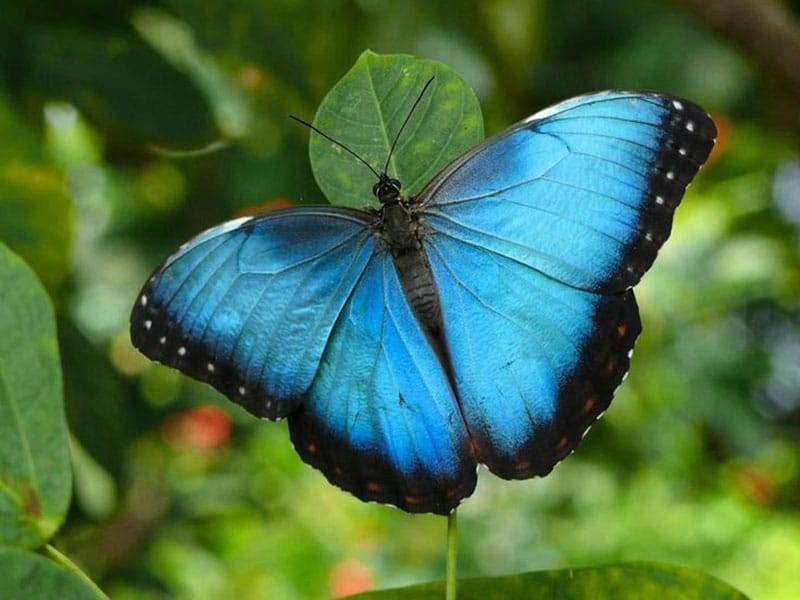
6. Blue Morpho Butterfly
This one is the largest butterfly in the world with a wingspan of 5-8 inches. Its blue wings are strikingly beautiful. This insect has an incredible ability to protect itself from predators by closing and opening its wings, which makes it hard for predators to attack and track it. The wings are brownish with six “eyes.” This tricks the predators into thinking that it is some large creature with big eyes! Clever, isn’t it?
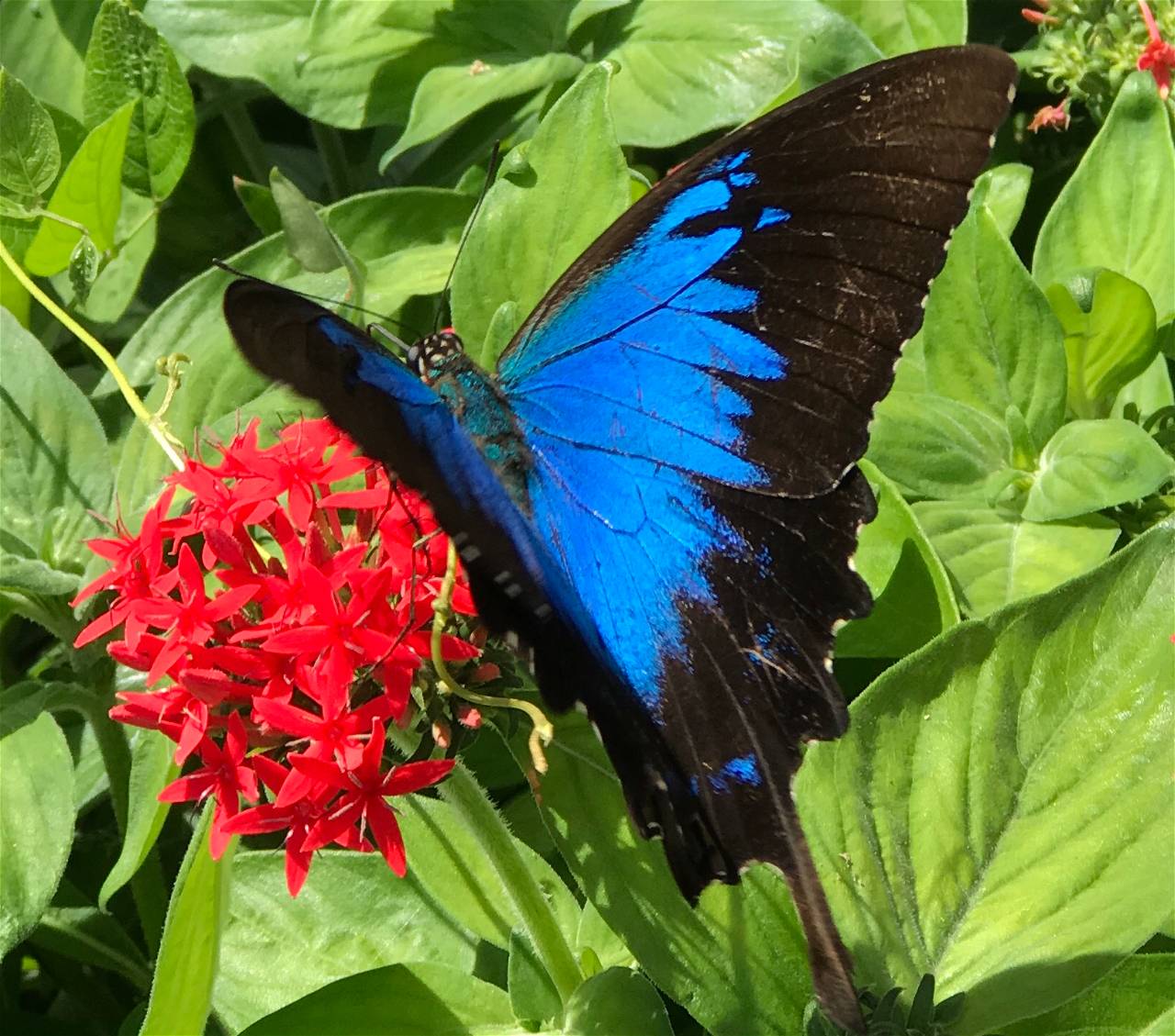
7. Ulysses Butterfly
This butterfly with electric blue wings is a rainforest icon and is sometimes found in tropical rainforest areas. Its wingspan is 5.5 inches. You can easily see this butterfly from far away. Unfortunately, this butterfly is dwindling in numbers and scientists fear it might become extinct in the future.
There are lots of other beautifully colored butterflies in the world. However, the blue varieties are endangered and scientists are busy finding ways to protect them and let them thrive safely on planet Earth.
(Also read: Sikkim Identifies Butterfly Biodiversity With 268 Species)
















